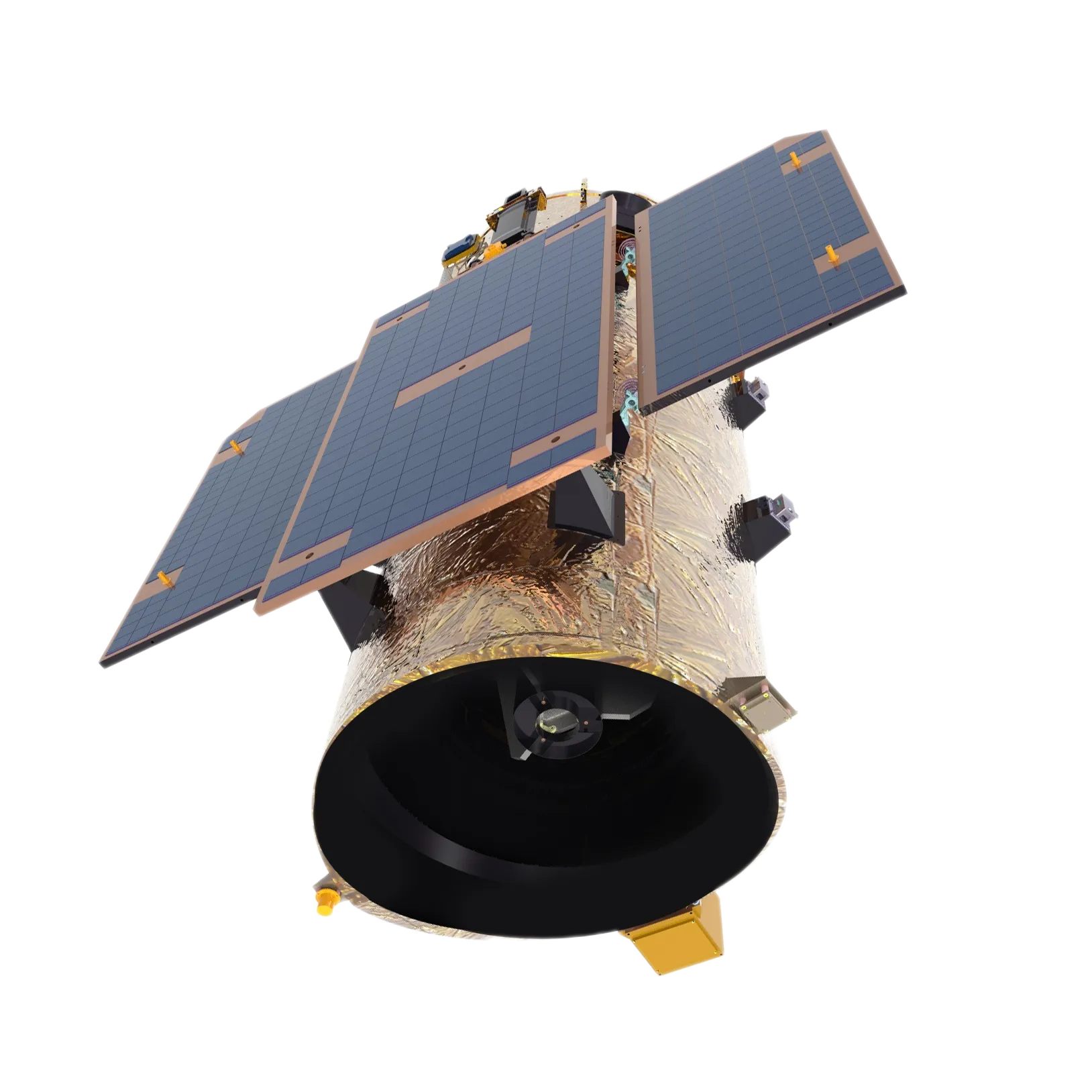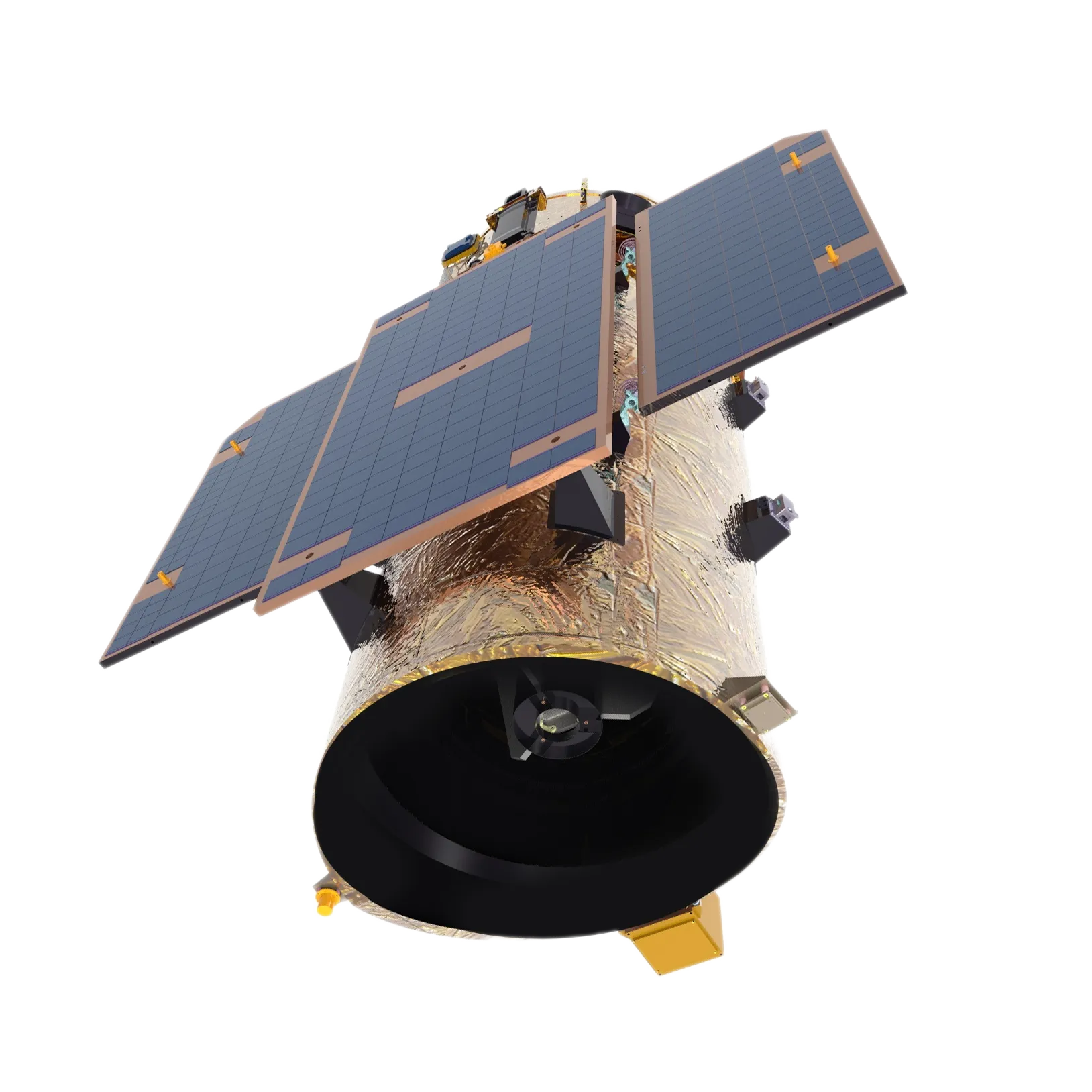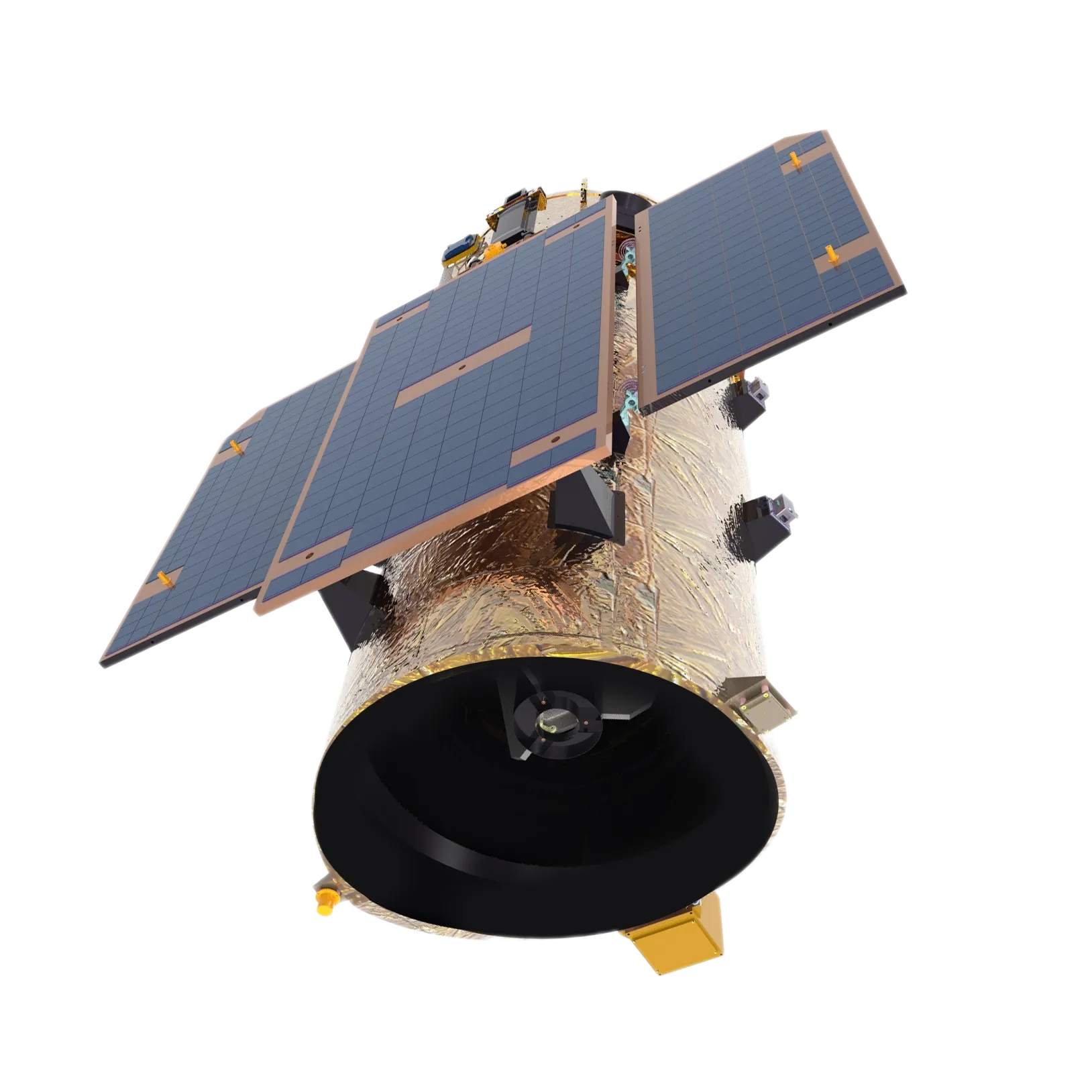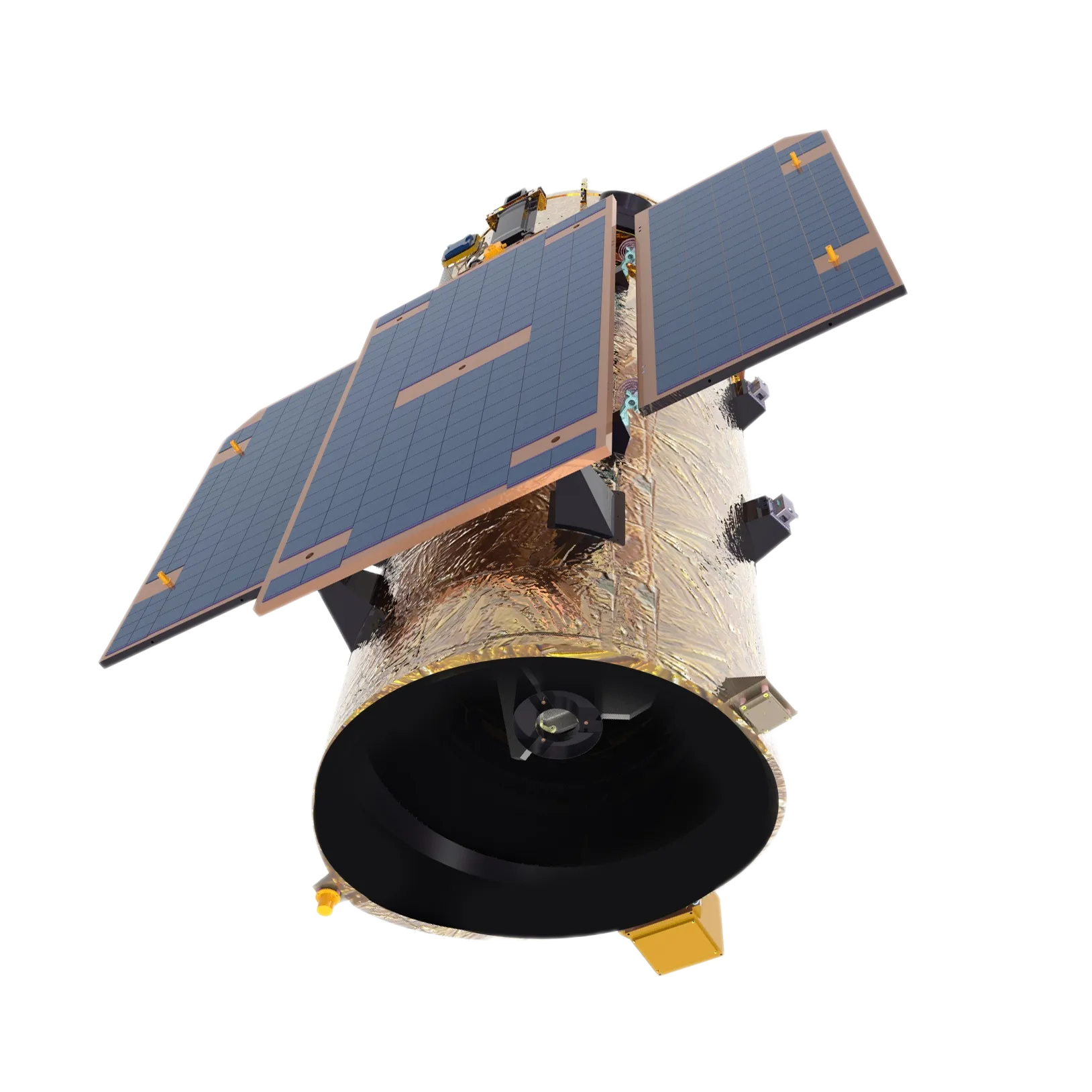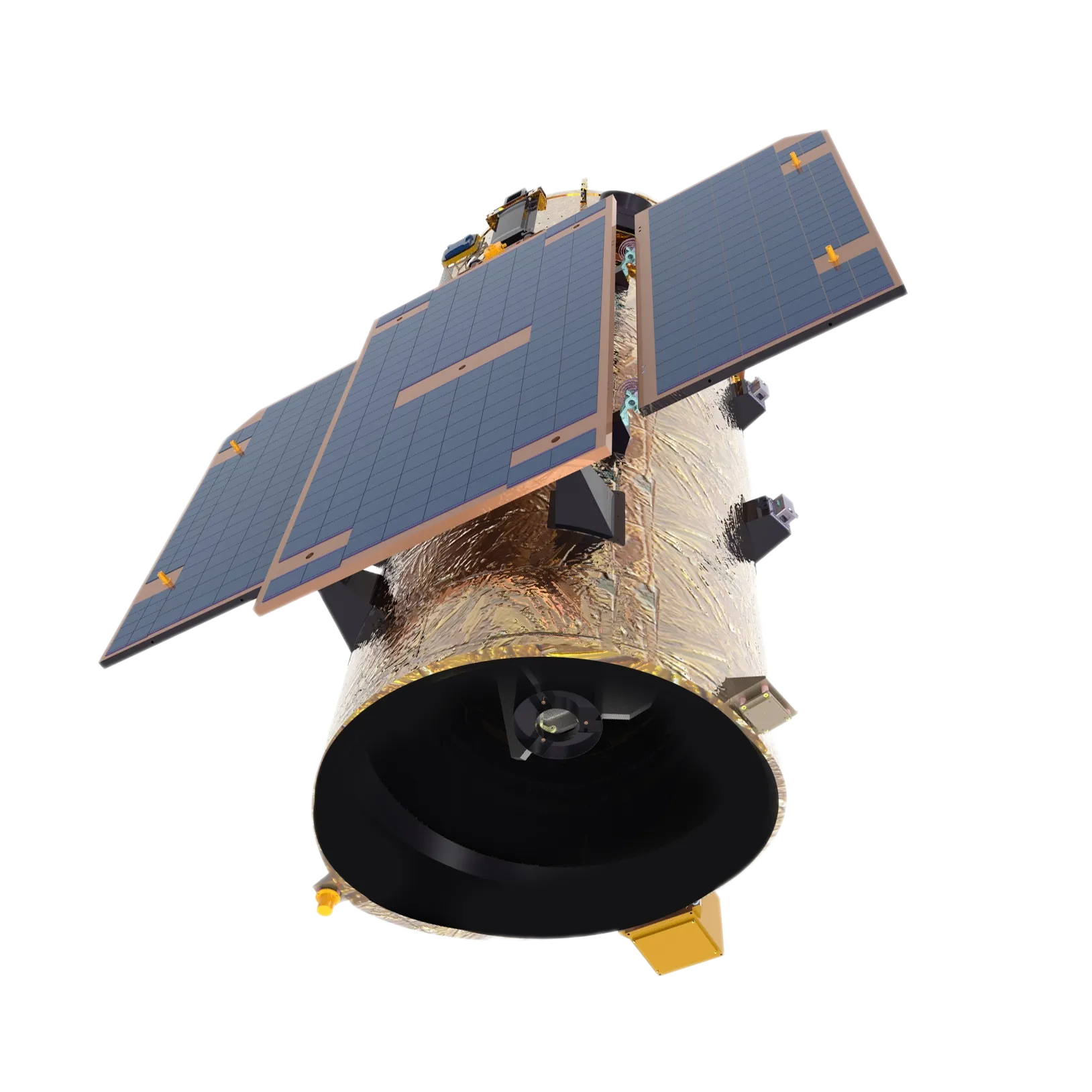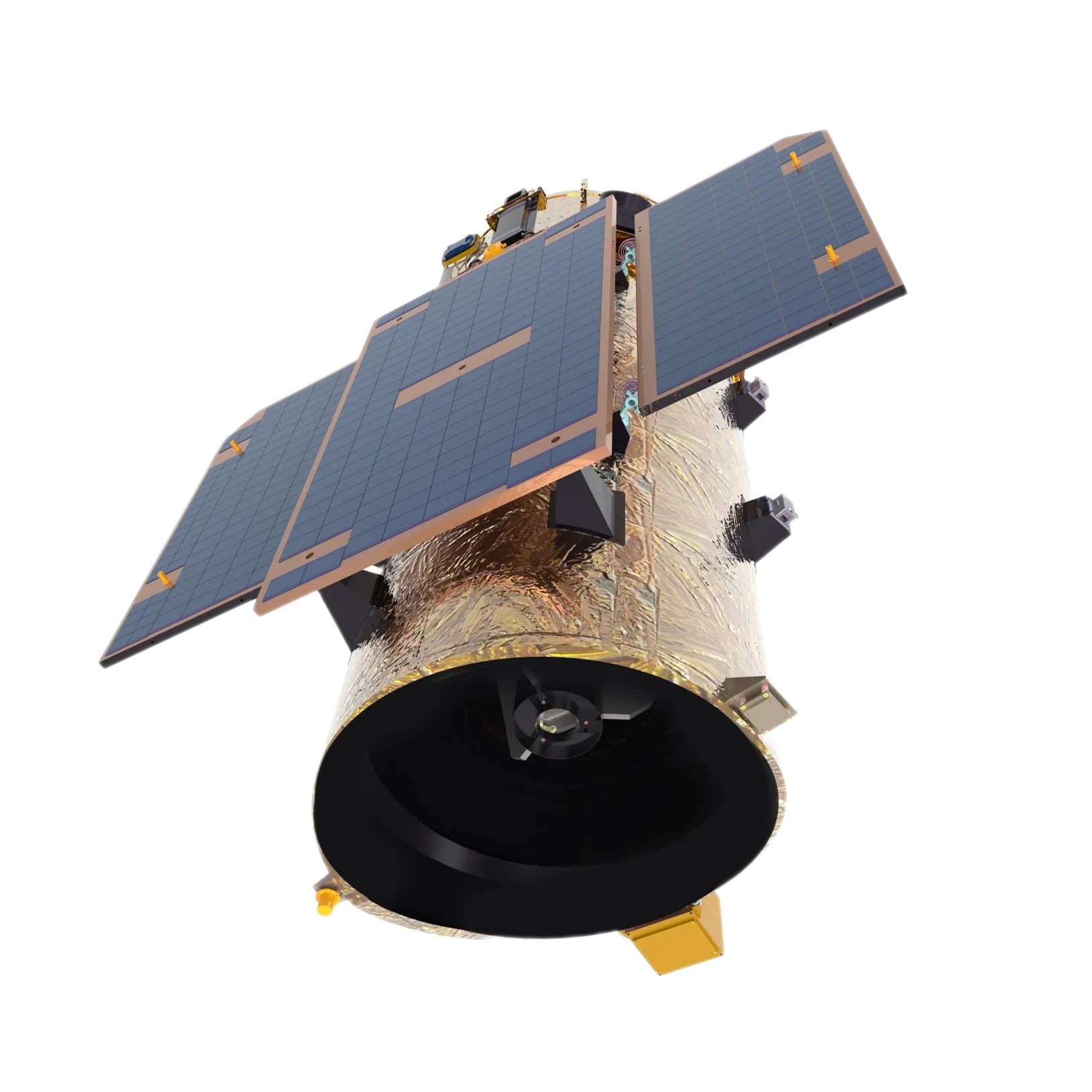
- Afrikaans
- Albanian
- Amharic
- Arabic
- Armenian
- Azerbaijani
- Basque
- Belarusian
- Bengali
- Bosnian
- Bulgarian
- Catalan
- Cebuano
- China
- Corsican
- Croatian
- Czech
- Danish
- Dutch
- English
- Esperanto
- Estonian
- Finnish
- French
- Frisian
- Galician
- Georgian
- German
- Greek
- Gujarati
- Haitian Creole
- hausa
- hawaiian
- Hebrew
- Hindi
- Miao
- Hungarian
- Icelandic
- igbo
- Indonesian
- irish
- Italian
- Japanese
- Javanese
- Kannada
- kazakh
- Khmer
- Rwandese
- Korean
- Kurdish
- Kyrgyz
- Lao
- Latin
- Latvian
- Lithuanian
- Luxembourgish
- Macedonian
- Malgashi
- Malay
- Malayalam
- Maltese
- Maori
- Marathi
- Mongolian
- Myanmar
- Nepali
- Norwegian
- Norwegian
- Occitan
- Pashto
- Persian
- Polish
- Portuguese
- Punjabi
- Romanian
- Russian
- Samoan
- Scottish Gaelic
- Serbian
- Sesotho
- Shona
- Sindhi
- Sinhala
- Slovak
- Slovenian
- Somali
- Spanish
- Sundanese
- Swahili
- Swedish
- Tagalog
- Tajik
- Tamil
- Tatar
- Telugu
- Thai
- Turkish
- Turkmen
- Ukrainian
- Urdu
- Uighur
- Uzbek
- Vietnamese
- Welsh
- Bantu
- Yiddish
- Yoruba
- Zulu
Warning: Undefined array key "array_term_id" in /home/www/wwwroot/HTML/www.exportstart.com/wp-content/themes/1371/header-lBanner.php on line 78
Warning: Trying to access array offset on value of type null in /home/www/wwwroot/HTML/www.exportstart.com/wp-content/themes/1371/header-lBanner.php on line 78
Video Satellite Solutions | Global & Reliable Uplink
Explore the new frontier of Earth Observation. From real-time monitoring to strategic intelligence, discover how high-resolution video satellite capabilities are transforming industries. This is your definitive resource on technology, applications, and procurement.
Discover Our 1m Satellite SolutionThe Dawn of a New Era: Video Satellite Industry Trends
The Earth Observation (EO) market is undergoing a seismic shift, driven by the advent of persistent, high-resolution video from space. According to a 2023 report by Euroconsult, the commercial EO data and services market is projected to reach $10.6 billion by 2032. A significant driver of this growth is the increasing demand for high-temporal-resolution data, a domain where the video satellite excels. Unlike traditional static imagery, video provides contextual awareness and allows for the analysis of dynamic events, such as traffic patterns, maritime activity, and disaster progression. This capability is moving satellite data from a strategic planning tool to an operational, real-time intelligence asset.
This trend is fueled by technological advancements in sensor technology, on-board processing, and high-throughput data downlinks. Miniaturization has enabled the deployment of powerful constellations of smaller, more agile satellites, drastically reducing revisit times and making on-demand video capture a reality. The market is now seeing a diversification of applications, moving beyond government and military use cases to commercial sectors like insurance, agriculture, finance, and infrastructure management. A video satellite can provide irrefutable, time-stamped visual evidence, which is invaluable for claims assessment, asset monitoring, and competitive intelligence.
Our Flagship: Technical Specifications of the 1m Resolution Video Satellite
The Space-Navi 1m Resolution Video Satellite represents the pinnacle of commercial remote sensing technology. It is engineered to provide unparalleled clarity and motion context, empowering decision-makers with actionable intelligence. Below are the key technical parameters that define its superior performance.
| Parameter | Specification | Industry Significance (Expertise) |
|---|---|---|
| Ground Sample Distance (GSD) | 1-meter Panchromatic Video | GSD is the distance between pixel centers measured on the ground. A 1-meter GSD means individual pixels cover a 1x1 meter square, allowing for the clear identification of vehicles, infrastructure details, and human-scale activity. |
| Video Resolution & Frame Rate | Up to 4K (3840x2160) @ 25 fps | High-definition video at a fluid frame rate enables smooth motion analysis, crucial for tracking moving objects and understanding complex, evolving scenes without stutter or loss of detail. |
| Spectral Bands | Panchromatic (PAN), 4-Band Multispectral (B, G, R, NIR) | Beyond visible light, the Near-Infrared (NIR) band is vital for assessing vegetation health, water body delineation, and differentiating artificial materials from natural landscapes. |
| Swath Width | 12 km @ Nadir | This refers to the width of the ground area captured in a single pass. A 12km swath offers a balance between high-resolution detail and broad area coverage for efficient monitoring. |
| Tasking & Agility | ≤ 24-hour tasking-to-capture time; ±45° off-nadir pointing | High agility allows the satellite to quickly point to a new target, enabling rapid response to emergent events and flexible data acquisition planning for our clients. |
| On-board Storage & Downlink | 2 TB Solid-State Storage; 1.2 Gbps X-band Downlink | Ample storage and a high-speed downlink are critical for capturing extensive video footage and delivering the data to ground stations promptly, minimizing latency. |
Visualizing Performance: Data Insights and Application Breakdown
Resolution Advantage: GSD Comparison
Clarity is paramount. Our 1m GSD significantly outperforms lower-resolution alternatives, providing the detail necessary for critical analysis.
Primary Application Areas
Our video satellite data drives value across a diverse range of sectors, enabling new insights and operational efficiencies.
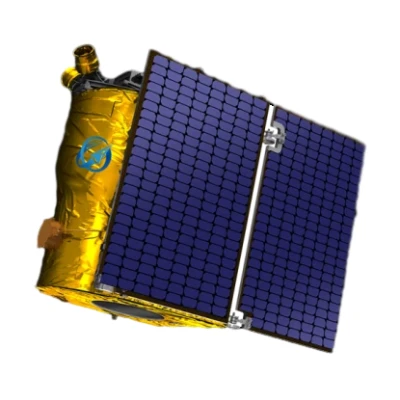
From Blueprint to Orbit: The Meticulous Manufacturing of a Video Satellite
Building a state-of-the-art video satellite is a symphony of precision engineering, advanced materials, and rigorous testing. Our manufacturing process adheres to the stringent AS9100 aerospace quality standard, ensuring reliability and peak performance throughout the satellite's 7-10 year operational lifespan. Here’s a look at our process:
Craftsmanship & Quality Assurance Flow
1. Design & Simulation
Details: Mission parameters define the design. We use advanced CAD and simulation software to model thermal, structural, and orbital dynamics. Materials: Theoretical selection of aerospace-grade Aluminum 6061-T6, Titanium alloys, and carbon-fiber composites for the bus structure.
2. Structural Fabrication (CNC & Composites)
Process: The primary satellite bus (structure) is precision-machined from single billets of aluminum using 5-axis CNC machines to ensure structural integrity. Carbon-fiber components are laid up and cured in autoclaves. Standards: All machining tolerances are verified to sub-micron levels, conforming to ISO 2768 standards.
3. Payload Integration (Optics & Sensors)
Process: The optical telescope assembly (OTA) and CMOS sensor are integrated in an ISO 5 (Class 100) cleanroom environment to prevent contamination. This is the heart of the video satellite. Critical Materials: Lenses are made from Zerodur glass for its near-zero thermal expansion, ensuring focus is maintained across extreme temperature swings in orbit.
4. Avionics Assembly & AIT
Process: Assembly, Integration, and Testing (AIT) of all subsystems: power (solar panels, batteries), communication (antennas), and attitude control (reaction wheels, star trackers). Testing: Each component undergoes individual functional tests before system-level integration.
5. Environmental & Vibration Testing
Testing: The fully assembled satellite undergoes "shake and bake" tests. Vibration tables simulate the intense forces of a rocket launch (compliant with GEVS standards). Thermal Vacuum (TVAC) chambers simulate the vacuum and extreme temperatures of space, from -100°C to +100°C. Goal: To guarantee survival and operational performance in the harsh environment of low Earth orbit.
6. Launch & Commissioning
Process: Integration with the launch vehicle's payload adapter, followed by launch. Once in orbit, our mission control team conducts In-Orbit Testing (IOT) to commission the satellite, calibrate the imaging payload, and declare it fully operational. Lifespan: Designed for a 7-10 year mission life, backed by robust system redundancy.
Unlocking New Perspectives: Real-World Applications & Case Studies
The true value of a video satellite is measured by its impact. Our technology provides dynamic, evidence-based insights across numerous industries.
Case Study 1: Maritime Domain Awareness
Client: National Coast Guard Agency. Challenge: Monitoring vast coastlines for illegal fishing and smuggling. Static images often miss transient vessel activity. Our Solution: We tasked our video satellite to record activity in high-risk zones. The video captured "dark vessels" meeting at sea and performing ship-to-ship transfers, providing actionable intelligence that led to successful interdictions. Advantage: The video provided undeniable proof of activity patterns, something a single snapshot could not.
Case Study 2: Infrastructure Project Management
Client: Global Engineering Firm. Challenge: Monitoring progress and security at a large-scale remote dam construction site. Our Solution: Weekly video passes provided a time-lapse view of the entire project. The client could track earth-moving equipment, verify construction milestones, and monitor supply chain logistics at the site entrance. An anomalous video showing nighttime vehicle activity triggered a security alert, preventing equipment theft. Advantage: Saved thousands in site visit costs and prevented project delays.
Case Study 3: Disaster Response & Damage Assessment
Client: International Aid Organization. Challenge: Assessing wildfire damage in a rugged, inaccessible mountain range to direct relief efforts. Our Solution: Post-event video collection allowed analysts to map the fire's perimeter, identify destroyed and threatened structures, and pinpoint accessible routes for emergency services. The motion video helped identify lingering hotspots and areas at risk of mudslides. Advantage: Faster, safer, and more accurate damage assessment than ground teams alone, accelerating aid delivery.
Case Study 4: Supply Chain & Economic Intelligence
Client: Hedge Fund & Commodity Trader. Challenge: Gaining a competitive edge by predicting economic indicators. Our Solution: Regular video monitoring of major global ports, manufacturing plant parking lots, and commodity storage facilities. By analyzing the flow of container111 ships, trucks, and employee vehicles, the client developed proprietary algorithms to predict industrial output and trade volumes weeks before official reports were released. Advantage: Unique, alternative data source for market-beating financial models.
Competitive Landscape: How We Stand Out
In a growing market, choosing the right video satellite provider is crucial. Our solution is engineered for performance, reliability, and client-centric flexibility. Here’s how we compare to typical market offerings:
| Feature | Space-Navi 1m Video Satellite | Typical Competitor (e.g., SmallSat Constellation) | Legacy Imagery Provider |
|---|---|---|---|
| Primary Data Product | High-Res Motion Video (up to 4K) & Still Imagery | Short Video Clips or Still Imagery | Still Imagery Only |
| Resolution (GSD) | 1-meter | 1.5m - 3m | 0.3m - 5m |
| Tasking Priority & Flexibility | Dedicated tasking slots & custom collection plans | Constellation-based, may compete for priority | Standard archive or long lead-time tasking |
| Data Delivery Model | Secure Cloud Platform, API Access, Direct Delivery | Web Platform, often with data caps | FTP delivery, complex licensing |
| Analytical Support | In-house geospatial analysts to help with interpretation | Basic platform tools | None or sold separately |
| Authoritativeness & Compliance | AS9100 Certified Mfg., ISO/IEC 27001 Data Security | Varies | Established, but may use legacy systems |
Your Mission, Our Focus: Custom Solutions & The Tasking Process
We believe that data is only as powerful as its relevance to your specific mission. We don't just sell imagery; we provide a tailored intelligence service. Our process is designed for clarity and control.
- Consultation: Our experts work with you to understand your exact requirements—target area, required observation window, and desired outcome.
- Feasibility Analysis: We model the satellite's orbital mechanics to determine the optimal collection windows and viewing angles for your Area of Interest (AOI).
- Collection Plan: A detailed plan is submitted to you for approval, outlining the exact date, time (UTC), and duration of the video capture.
- Tasking & Acquisition: Upon approval, commands are uplinked to the video satellite. The satellite autonomously executes the capture, recording high-definition video of your target.
- Downlink & Processing: The data is downlinked to our global network of ground stations. It undergoes geometric and radiometric correction to ensure accuracy.
- Secure Delivery: Your video and associated metadata are made available via our secure, encrypted cloud portal, typically within 6-12 hours of acquisition.
Trust and Authority: Our Commitment to Excellence
Trust is the bedrock of our operations. We demonstrate our commitment through verifiable experience, stringent certifications, and transparent practices.
- Experience: With over 15 years in the geospatial industry, our team comprises veteran satellite engineers, data scientists, and mission operators.
- Authoritativeness: We are proud partners with leading academic institutions and are AS9100 certified for our manufacturing processes. Our data security management system is certified under ISO/IEC 27001, guaranteeing the confidentiality and integrity of your data.
- Trustworthiness: We offer comprehensive Service Level Agreements (SLAs) guaranteeing data quality and delivery timelines. Our customer support team is available 24/7 to assist with any tasking or data access queries. Full mission and data lineage documentation is provided for complete transparency.
- Client Testimonial (Experience): "The video data provided by Space-Navi was a game-changer for our port monitoring operations. The clarity and context allowed us to identify trends we'd been missing for years. Their team was incredibly responsive and professional throughout the entire process." - Director of Operations, Global Logistics Firm.
Frequently Asked Questions (FAQ)
Ground Sample Distance (GSD) is a fundamental parameter in satellite imaging. It represents the physical size of one pixel on the ground. For our video satellite, a 1-meter GSD means each pixel in the video corresponds to a 1x1 meter area on the Earth's surface. A smaller GSD number indicates a higher level of detail and sharper imagery.
The satellite's structure, or 'bus', is primarily built from aerospace-grade Aluminum 6061-T6 and carbon-fiber composites. These materials are chosen for their high strength-to-weight ratio. The optical payload uses specialized materials like Zerodur glass for lenses and mirrors due to its extremely low coefficient of thermal expansion, which prevents the optics from de-focusing as the satellite experiences wild temperature swings in orbit.
We deliver video data in standard MP4 (H.264/H.265) format for easy viewing and integration. For advanced analysis, we also provide the data as a sequence of georeferenced image frames (e.g., GeoTIFF) with accompanying metadata that includes precise timing and sensor position for each frame. This allows for seamless integration into GIS software like ArcGIS or QGIS.
Tasking is done through our secure web portal. You define your Area of Interest (AOI) by drawing a polygon on a map, and specify your desired time window and collection parameters. Our mission planning software then calculates the next available imaging opportunity and generates a command sequence, which we review and uplink to the satellite. The entire process is highly automated but includes human oversight for quality assurance.
Data latency is the time from when the video is captured in orbit to when it is available to you for download. We minimize latency through a global network of strategically placed S/X-band ground stations. This ensures that after the video satellite captures your data, it has a ground station in view for downlink relatively soon. Our target is to make data available in under 12 hours, with options for expedited "near-real-time" delivery in under 60 minutes for critical events.
We provide a comprehensive Service Level Agreement (SLA) with all data contracts. This SLA guarantees a minimum image quality standard (e.g., cloud cover percentage, GSD) and a maximum data delivery time. If a collection does not meet the SLA criteria due to factors like excessive cloud cover, we will re-task the satellite to re-acquire your target at no additional cost.
Absolutely. Our operations are fully compliant with the United Nations Outer Space Treaty and the registration conventions. The satellite's manufacturing conforms to the AS9100 aerospace quality management standard. Our data handling and security protocols are audited and certified against ISO/IEC 27001, ensuring your data is managed responsibly and securely.
Further Reading & Industry References
To deepen your understanding of the evolving landscape of Earth Observation and video satellite technology, we recommend the following authoritative sources:
- Academic Research: "From Snapshots to Movies: A Review of the Emerging Era of Satellite Video" - IEEE Transactions on Geoscience and Remote Sensing. View Publication
- Industry News & Analysis: "Commercial Smallsat Video Heats Up" - SpaceNews. Read Article
- Community Forum: Geospatial Insights Forum on Reddit (r/gis) for discussions on applications and data processing. Join the Discussion






